Locomotive air horn
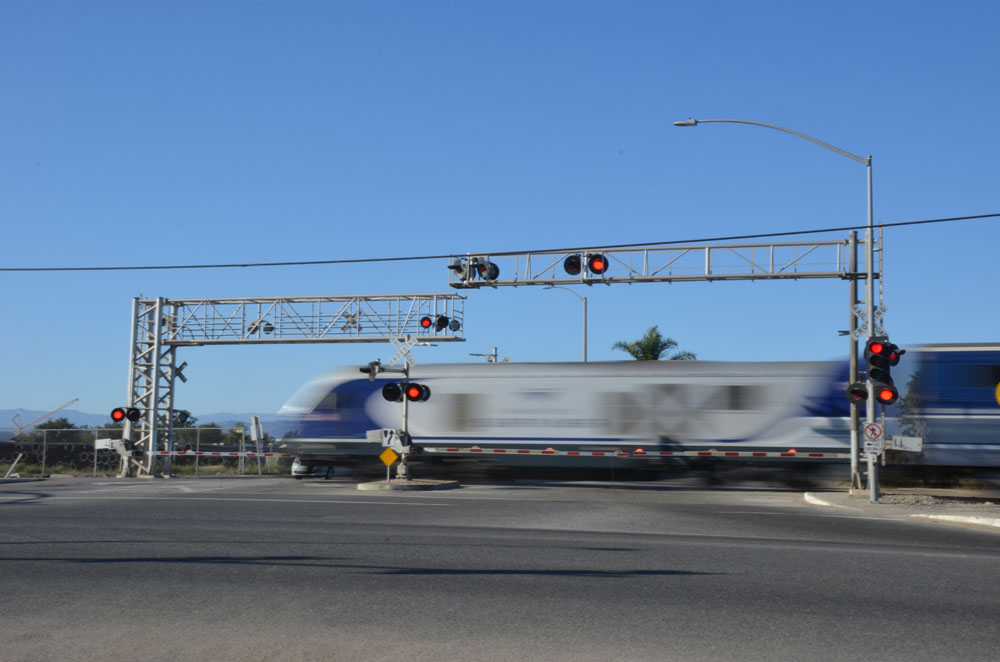
Throughout the United States, there are hundreds of thousands of railroad crossings that require sounding the horn. Federal law dictates that the engineer must blow the locomotive air horn with a sequence of blasts in the fashion of long, long, short, and long, no later than 15 seconds and as early as 20 seconds prior to entering the crossing. Failure to do so could result in a personal fine(s) to the engineer — up to $30,000 per incident.
Putting the law aside for a moment, the following issues are routinely seen around the country:
- Cars, trucks, and busses that go around lowered crossing gates.
- Vehicles stopped between the gates and the track at stoplights.
- Pedestrians and bicyclists that quickly cross the tracks in an effort to beat the train.
According to Operation Lifesaver, a person or vehicle in the U.S. is struck every three hours, usually ending in a fatality. It’s a well-established but misunderstood fact that trains cannot stop quickly. The combination of weight and momentum will propel a train, with the brakes locked in emergency, for thousands of feet before coming to a complete stop.
In the days before the radio, the whistle was also a means of communication between crew members. Hand or lantern signals were given and the whistle would sound off in acknowledgment. During helper operations or doubleheading, the lead engineer controlled the brakes and used the whistle to relay commands to his fellow engineers.
Throughout the country, the railroads have had communities — usually newer subdivisions — that built homes near the tracks, and then complain at the sound of the horn. Hence, the solution for the residents’ peace and quiet.
What is a quiet zone?
Quiet zones can only be implemented by a public authority or local government, under rules established by the Federal Railroad Administration. The local authority must pay for the upgrades to the crossings needed to bring them up to quiet zone standards and assumes the liability if a vehicle or pedestrian is struck by a train within a quiet zone.
There are many quiet zones in cities and towns throughout the country. Crews I have talked to say they don’t like them. Most people are already oblivious to the dangers surrounding trains as it is. Now throw in no horn at the crossings and we have an even bigger recipe for disaster.
A 2020 FRA report that monitored 333 quite zones with two years of observable trespass casualty data increased from 28 before to 40 after. For those with three years of data it increased from 39 before to 47 after the establishment of the quiet zones. However, those with only one year of data decreased from 19 to 17. Ultimately, the FRA could not find statistically significant results that definitively say quiet zones cause more casualties.
Most of us love hearing the horns and whistles; just be aware that the engineer is mandated to do it by law.
More technical information here: “Locomotive horns are important safety features.”






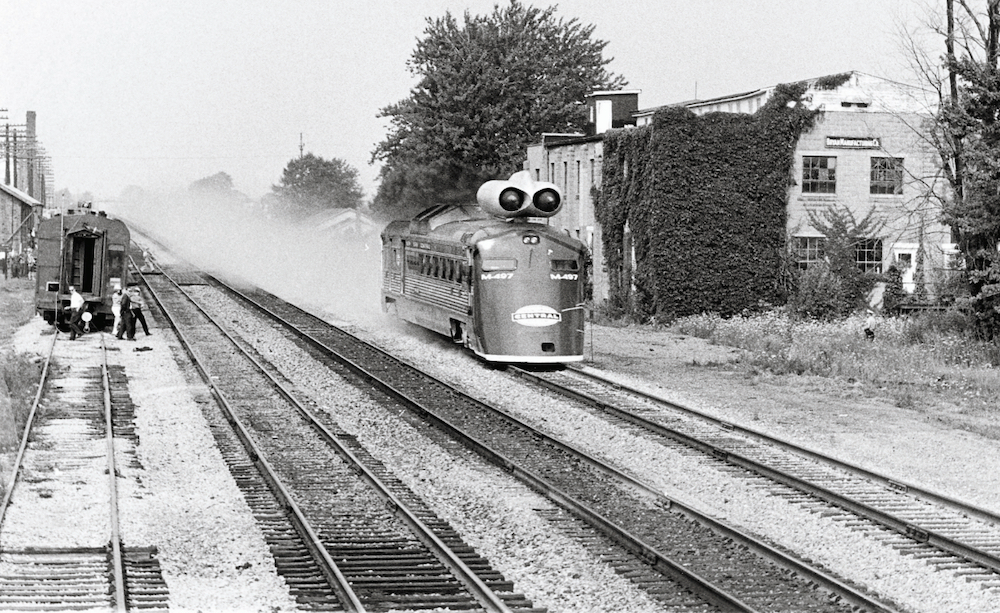
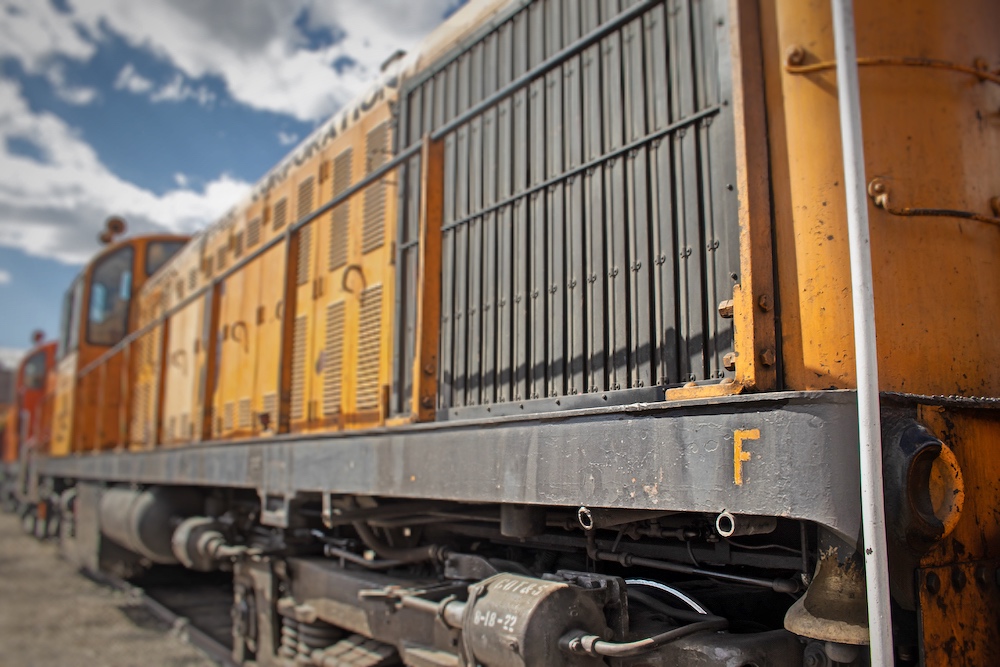
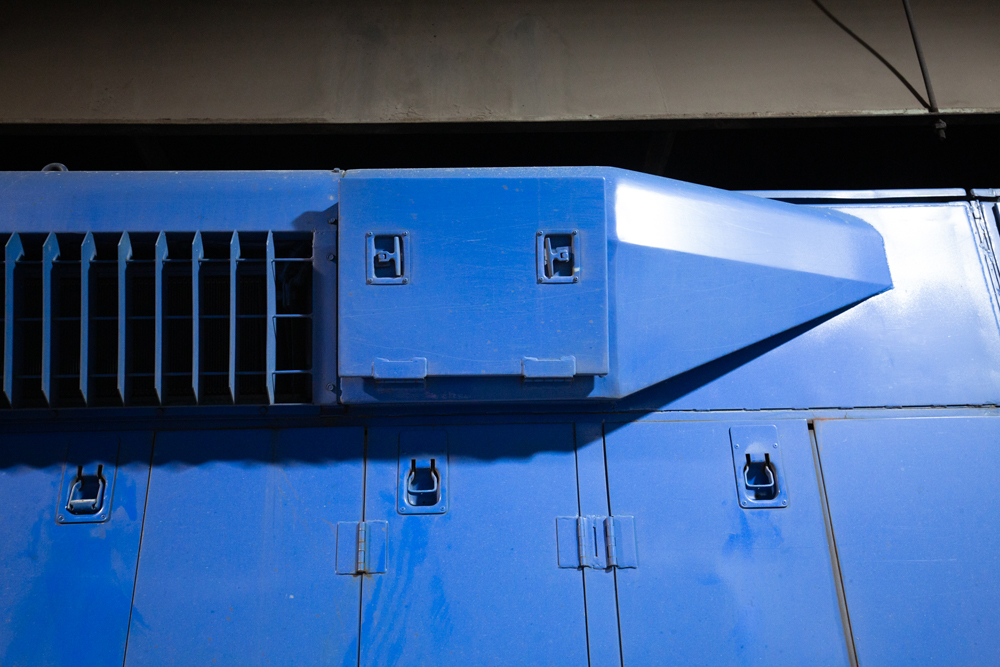
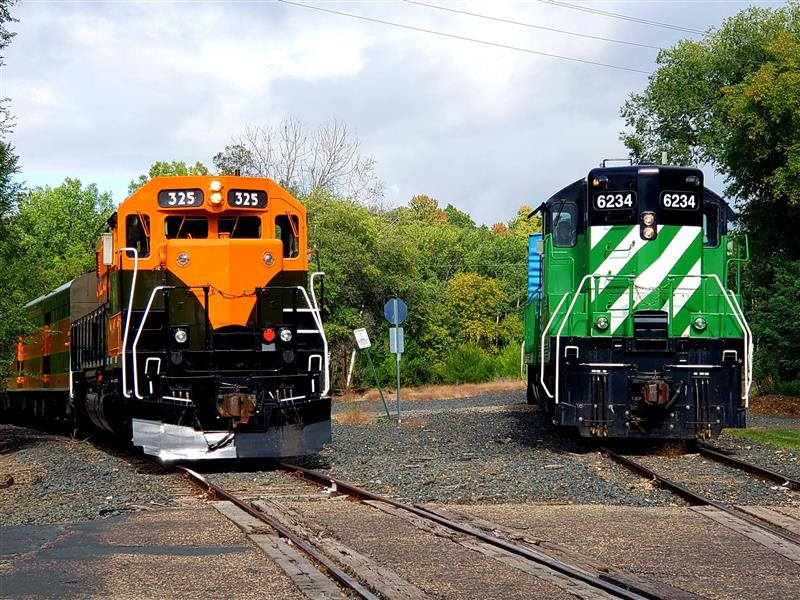




It is worth noting that train horns are louder than they used to be.
According to the FRA Train Horn Rule (49 CFR Part 222) the maximum volume level for the train horn is 110 decibels, and the minimum sound level is 96 decibels.
The current version of the rule was issued on August 17, 2006 but the minimum sound level was set at 96db sometime before that.
Modern locomotives like the 4000hp units that are so common today do not have a whistle cords, engineers cannot “valve” the blasts, so blasts are always at full volume.
Using the handy worksheet downloaded here: https://www.osha.gov/sites/default/files/2018-12/fy10_sh-21001-10_Trainee_Worksheets-Ears.pdf
you will find the 96db blast is 32 times louder than the highest level at which hearing protection is not required for occupational exposure (81db). A 110db blast is more that 500 times more powerful.
Cars are quieter these days, so if your windows are rolled up, you have some hearing protection. But then that suggests that the train horns should be louder still.
I worked in a large paper mill and there were many areas where we were required to wear hearing protection. This made it harder to hear the beeping, honking, whooping sounds of mobile equipment and so a variety of flashing, colored lights were mounted on units. We also wore Hi-Viz clothing and carried vibrating pagers. I used to joke with our safety manager that we would soon be wearing black, just so we could be noticed against the background of all the attention-grabbing lights, clothing, signs, etc.
The REAL solution to the problem of railroad crossing safety is grade separation. Start now. Keep at it. Use real barriers until a bridge or underpass can be built. Everyone will benefit.
I once rode in the first-class car of an Amtrak train – right behind the engine. The incessant blaring of the horn was most annoying. There is no reason for the horn to be heard anywhere behind the engine. If only the horn designers could design the horn -maybe with some sound absorbing baffles/- to broadcast most of its sound forward and very little backward,
The solution for 1st class passengers in sleeping cars and club (neè parlour) cars is to be placed at the rear of the train which is a time honoured railway custom. Passengers paying higher fares for 1st class service deserve to have the nuisance of diesel fumes from the front end of lead Superliners and horn sounds abated.
People living by or near railroad tracks and grade crossings that are always complaining about the noise from an air horn or whistle of a locomotive or locomotives yet never complain or have objections from the continuous roaring of cars and trucks on a nearby expressway and that which goes on day and night where a train in some areas might only come through once a day or night or maybe every few hours. What about the roar of planes taking off and flying overhead. Which is noisy and can be unbearable. Those air horns on trains and being blown are for everybody’s safety and well being not meant to be a nuisance or noisy alarm. Those so called ‘quiet zones in certain areas are more of a nuisance and a hazard both for operating train crews and people crossing over tracks at grade crossings and umfortunely for so many careless and ignorant folks who trespass on tracks , right of ways, and railroad property in general and the folks who think they can beat out the train when they hear it coming it is also an optical illusion when it appears that the train is moving slower then it seems Air horns and whistles on trains are there for a reason and quiet zones only interfere and impede safe operations of railroads and crews operating the trains Joseph C Markfelder
There are lots of complaints about highway/freeway noise. Have you noticed all the sound walls as you travel along interstates in towns and cities?
Planes are much quieter today than they used to be. The high-bypass turbofan engines are a huge improvement.
I belong to a model railroad club in Menlo Park, CA, where at an open house, a visitor and I were talking about all the grade crossings up and down the San Francisco peninsula. Caltrain is undergoing a conversion to electric locomotives and he asked if the horns were still going to be used. I explained about the regulations regarding their use and said if there’s still a grade crossing, the horns will be used. Some towns up and down the line are considering raising the tracks or lowering the roadways or a combination of both to do away with the crossing. I told him until that happens, the horns will still be used. There’s a growing unrest about the noise level of the horns, but, get used to it people, it’s the law!
No matter if a number of jurisdictions pass legislations to mark a grade crossing a quiet zone as almost any engineer of a freight or passenger train is mandated by the FRA to sound the train horn or whistle in the following sequence approaching a grade crossing as two long blasts along with a short blast and another long held as the lead locomotive enters the crossing.